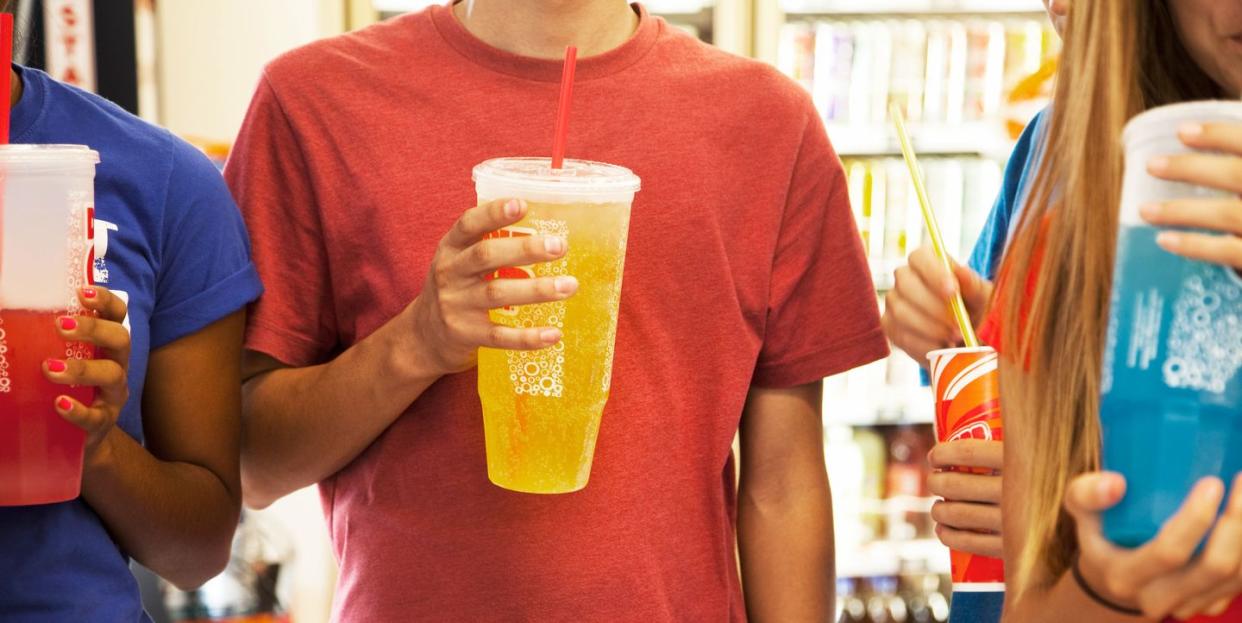A Look Back at Mike Bloomberg's Failed New York City Soda Ban

Mike Bloomberg will take the stage at tonight's Democratic presidential debate in Las Vegas, Nevada, after spending $400 million in ads to garner enough national support, according to the Associated Press. The presidential hopeful will likely have to answer questions about his previous initiatives as mayor of New York—including his soda ban.
Don't remember the much debated issue? Here's a refresher on the New York City Soda Ban:
What is the soda ban?
In 2012, Bloomberg proposed a ban that would have prevented food-service establishments from selling sugary beverages larger than 16 ounces in New York City, reported The New York Times. The ban was set to take place in 2013. Only places that receive health-department grades would have been included in the ban, meaning convenience stores could continue selling large soft drinks, according to Washington Post. Establishments were allowed to offer refills. Failure to follow the ban may have resulted in a $200 fine.
Did Bloomberg ban only soda?
It may have been dubbed the soda ban, but Bloomberg's proposed regulation would have prohibited more than just soft drinks. According to the Washington Post, sweetened drinks with more than 25 calories per eight ounces would have been banned, which means beverages like sweet tea would also be out. Pure fruit juice, fruit smoothies, drinks made with more than 50 percent milk, calorie-free sodas, and alcoholic beverages were not included in the ban.
Why was the soda ban rejected?
The ban was reversed because the the Board of Health “exceeded the scope of its regulatory authority” by adopting the ban, The New York Times reported. The ban had previously been reversed by two lower courts.
Why did Bloomberg want to ban the sale of sugary drinks and soda?
Although the proposal received plenty of backlash, Bloomberg defended the ban. On the TODAY show in June 2012, he said, “We’re not banning you from getting the stuff [soft drinks]. It’s just if you want 32 ounces, the restaurant has to serve it in two glasses. That’s not exactly taking away your freedoms. It’s not something the Founding Fathers fought for." Further, Bloomberg explained that the proposal may help people limit portion sizes.
“And all the studies show if the glass or the plate in front of you is smaller, you’ll eat less,” he said.
You Might Also Like

